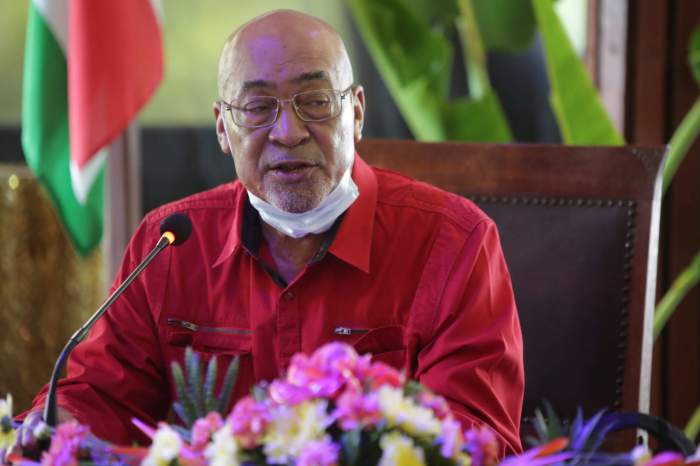By Byron Kaye and Renju Jose
SYDNEY (Reuters) – Much of Australia’s wildfire-ravaged east coast was drenched on Friday by the biggest rainfall in almost 20 years, dousing some of the most dangerous blazes and providing welcome relief to farmers battling an extended drought.
The downpour came with its own risks – officials warned of flash floods and landslides across New South Wales (NSW), Australia’s most populous state – but was generally greeted jubilantly after months of devastating bushfires.
“There’s lots of smiles around the place,” NSW Rural Fire Services (RFS) Commissioner Shane Fitzsimmons, who has been more accustomed in recent weeks to delivering fire evacuation orders, told reporters in Sydney.
“It is breaking the back of this fire season, no doubt,” Fitzsimmons said. “The rain is good for business and farms as well as being really good for quenching some of these fires we’ve been dealing with for many, many months.”
The deluge had the effect of calming the number of active fires in NSW by 20 in a single day, a success rate that NSW RFS said it was “over the moon” about.
By afternoon, there were 40 active fires in NSW, less than half the number of blazes at the peak of the crisis, with all burning at the lowest level danger warning of “advice” only. Neighboring Victoria state had 21 active fires, also at the lowest level.
Around 11.7 million hectares of Australian wilderness have been razed by a series of huge wildfires since September that have also killed 33 people and more than a billion animals and destroyed thousands of homes. The horrific extended bushfire season has followed a three-year drought across the country.
The heavy rainfall across NSW and Victoria state on Friday was something of a welcome surprise after the Bureau of Meteorology’s three-month forecast issued in January forecast continued high temperatures and little rainfall.
Sydney alone was expected to receive as much as 130 millimeters of rain in the 24 hours to Saturday morning, the biggest one-day rainfall since Feb. 5, 2002, data on the bureau’s website showed on Friday.
“What we are broadly expecting over the next couple of days is this coastal trough to hang around, to keep delivering this widespread, prolonged, steady rainfall,” BOM forecaster Jane Golding said.
Fitzsimmons said he was optimistic the continued rainfall over the coming days would help firefighters in NSW get the 17 blazes that are still categorized as “uncontained” under control.
“We expect rainfall to continue to fall across a lot of these firegrounds and that will result in a number of those being declared contained and hopefully we will be confident we won’t see new ignitions from anywhere in those firegrounds,” he said.
CYCLONE DAMIEN
Some 3,500 kilometers (2174.8 miles) to the northwest, a tropical cyclone was barreling toward the coast of Western Australia where it is expected to make landfall near Port Hedland, the world’s largest iron ore port, on Saturday.
Destructive wind gusts of up to 150 kilometers per hour could develop overnight Friday night as the cyclone approaches the coast, and very destructive gusts of up to 230 kilometers per hour were expected when Cyclone Damien hits on Saturday, according to the Bureau of Meteorology.
Authorities said Port Hedland would be cleared ahead of the cyclone and the Dampier Port also closed.
Miners Rio Tinto and BHP Group said they were monitoring the situation and making preparations.
The wet weather prompted some light-hearted remarks at a visit by British Foreign Secretary Dominic Raab to the Sydney office of pharmaceutical giant AstraZeneca PLC.
“We are all very, very happy that you are here today, but also importantly that you’re bringing this fine British rain with you,” AstraZeneca CEO Pascal Soriot told guests.
“We really have brought the rain,” replied Raab.
(Reporting by Byron Kaye, Wayne Cole and Renju Jose; editing by Grant McCool and Jane Wardell)






















